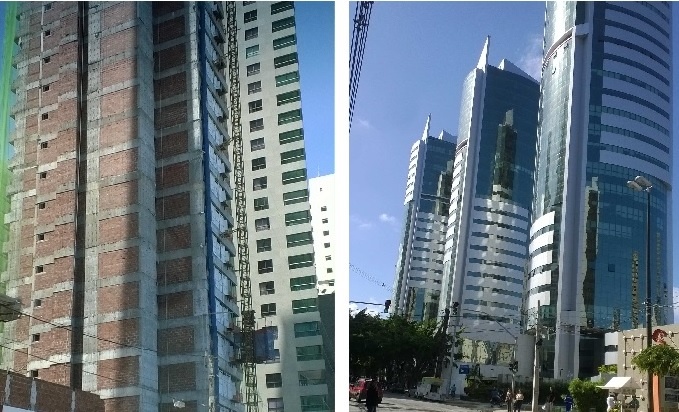City Models, Urban Planning and The Future of Cities
FC-01x Future Cities (1st Run) - Discussion - "City Model"

Uploaded on 2014-11-29 by TagoreVillarim
[1]: https://edxuploads.s3.amazonaws.com/14172212834270101.jpg The study of cities from the methodology "City Model" helps to understand the behavior of key variables that make up the urban space in terms of stocks and flows, for example, people and vehicles, thus helping in the management and planning areas critical as urban mobility, energy, water and sewage and telecommunications. The city models help in better understanding of the functioning and structure of cities, contributing to realization of projections for the future and therefore helping in the design of new projects that are necessary for the expansion and modernization of cities. I live in the city of Recife, capital of Pernambuco state in northeastern Brazil. Recife is a city with an area of 218 km² and a population of 1.6 million inhabitants. The Metropolitan Region of Recife (RMR) has 14 cities including Recife, an area of 4,000 km² and a population of 4 million inhabitants. The city and RMR has chronic problems related to urban infrastructure, such as urban mobility, energy, water and sewage, telecommunications and housing. Thus, I think that access to "city models" and their simulation services, such as those conducted by the Future Cities Laboratory in Singapore, would help the city become a better place to live. The city models are pre-condition for the urban simulation conducted by a simulation platform such as Singapore Future Cities Laboratory presented in this way. A study tool and sensational planning that should be available to all cities in the world. I think the Future Cities Laboratory in Singapore could therefore make a major contribution to increasing the productivity gains and quality of life in cities around the world. This is especially true for cities in developing countries with greater financial difficulties to have access to an instrument of management and planning of this quality. Not being exaggeration to say that the access of cities in developing countries to "model cities" as presented in the course help solve chronic problems related to urban infrastructure and end even with the cycle of deprivation in such urban spaces. Access to services of the Laboratory of Singapore could be funded by development banks of the countries concerned, such as BNDES in Brazil, and / or by the UN in other cases. It should be borne in mind that the best planning of cities through city models, helps make more efficient the functioning of cities, contributing to productivity gains and improved quality of life. A question for reflection. Regards, Tagore Villarim de Siqueira